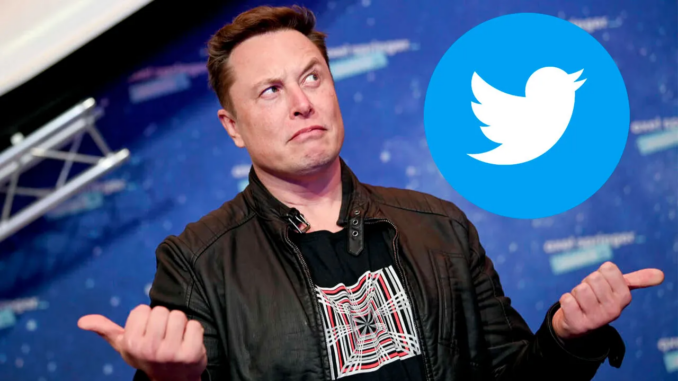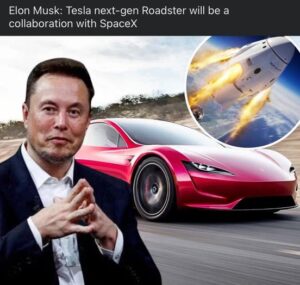
Will the Tesla robotaxi have a steering wheel or not? Elon Musk won’t say.
The Tesla CEO dodged several questions during an earnings call Tuesday about the status of the company’s long-promised autonomous vehicle, including whether it would have traditional controls like pedals and steering wheels.
It’s an increasingly important question left hovering over Tesla’s robotaxi plans, which have already been delayed to allow more work on the prototype. Theoretically, a steering wheel- and pedal-less vehicle could take months, if not years, to be approved for public roads. A more traditional looking vehicle, in the meantime, could be released a lot sooner.
That’s because Tesla will need approval from the federal government to deploy a more radically designed robotaxi, which it acknowledges in its letter to shareholders.
“Though timing of Robotaxi deployment depends on technological advancement and regulatory approval, we are working vigorously on this opportunity given the outsized potential value,” the company.
And yet when asked specifically about which regulatory approval Tesla would be seeking, Musk declined to answer.
specifically, he was asked whether Tesla would seek an exemption from Federal Motor Vehicle Safety Standards to deploy a vehicle without traditional controls. His response was to compare Tesla’s “generalized solution” with Waymo’s more “localized” one, which he described as “quite fragile.”
“Our solution is a general solution that would work anywhere,” he added. “It would even work on a different Earth.”

Right now, Federal Motor Vehicle Safety Standards (FMVSS) require cars to have basic, human controls, like steering wheels, pedals, sideview mirrors, and so on. These standards specify how vehicles must be designed before they can be sold in the US. If a proposed new vehicle doesn’t comply with all existing FMVSS, manufacturers can apply for an exemption. But the government only offers 2,500 exemptions per company per year.
The cap on theoretical exemptions would prevent any AV company — Tesla included — from deploying purpose-built autonomous vehicles en masse. AV supporters have tried to pass legislation to lift the cap to allow for more driverless vehicles on public roads, but the bill is stalled in Congress over questions about liability and readiness of the technology.
So far, only one company has been granted an FMVSS exemption: Nuro, which uses them to deploy a small number of driverless delivery robots in Texas and California. Cruise, which is owned by GM, requested an FMVSS exemption for its steering wheel- and pedal-less Origin shuttle — but it was never approved and now the Origin is on hold indefinitely. Amazon’s Zoox said its autonomous shuttle was “self-certified,” which prompted the National Highway Traffic Safety Administration to open an investigation into something that means.
Other companies have chosen to skip this step completely. Waymo’s driverless vehicles all have traditional controls, despite operating on public roads without safety drivers. The company has said it will eventually introduce a steering wheel-free vehicle, but it has not yet to say when or whether it will seek an FMVSS exemption.
All of which is to say that Tesla is facing similar regulatory hurdles, depending on whether it decides to ditch the traditional controls or not. There have been hints along the way, such as design drawings showing the vehicle as a steering wheel-free zone.
Critics have dismissed the Tesla robotaxi has vaporware, pointing out that Waymo is doing close to 50,000 passenger trips every week, while Musk continues to make vague promises about a vehicle that hasn’t been seen and may never really exist.
Musk is certainly betting the company on it, repeatedly hammering the point that Tesla is fundamentally an AI company, and not a traditional car company. And yet he is unwilling to be transparent about the very real hurdles the company will likely face as it races to make this vision a reality.
We’ll have to wait until October to get a real answer — or maybe even later, pending further delays.
